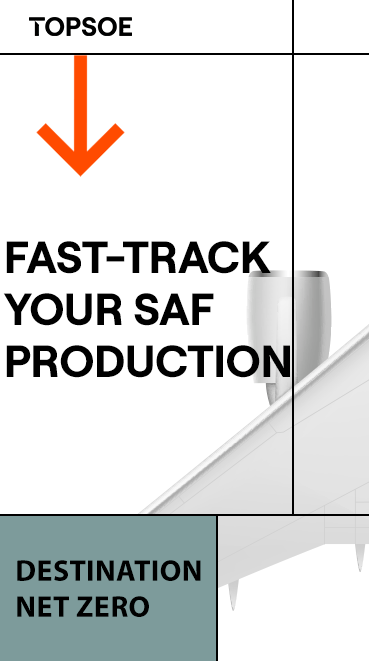Illinois researchers make SAF additive from recycled polystyrene

A new study overcomes a key challenge to switching commercial aircraft in the U.S. from their near-total reliance on fossil fuels to more sustainable aviation fuels.
The study details a cost-effective method for producing ethylbenzene—an additive that improves the functional characteristics of sustainable aviation fuels—from polystyrene, a hard plastic used in many consumer goods.
The findings are reported in the journal ACS Sustainable Chemistry and Engineering.
Fuels derived from waste fat, oil, grease, plant biomass or other nonpetroleum sources lack sufficient levels of aromatic hydrocarbons, which help keep fuel systems operational by lubricating mechanical parts and swelling the seals that protect from leaks during normal operations, said Hong Lu, a research scientist at the Illinois Sustainable Technology Center who led the new research.
ISTC is a division of the Prairie Research Institute at the University of Illinois Urbana-Champaign.
While ethylbenzene is an aromatic hydrocarbon and can be derived from fossil fuels, finding a sustainable way to produce it would aid the aviation industry’s conversion to sustainable jet fuels.
The U.S. DOE, the U.S. Department of Transportation, USDA and other government agencies created a roadmap for addressing the climate-related impacts of fossil-derived aviation fuels.
The Sustainable Aviation Fuel Grand Challenge sets ambitious goals for the production of domestic sustainable aviation fuels to 3 billion gallons per year by 2030, and 100 percent of projected aviation jet-fuel use, or 35 billion gallons per year, by 2050.
Present standards require a minimum of 8.4 percent aromatic hydrocarbons be included in any blend of sustainable aviation fuels and fossil-derived fuels “to maintain compatibility with existing aircraft and related infrastructure,” the researchers report.
While this rule increases the safety and efficacy of the overall fuel mix, it severely limits the use of sustainable fuels, which currently contain only about 0.5 percent aromatic hydrocarbons, Lu said.
“Currently, they use a blend of 20 percent to 30 percent sustainable aviation fuels and 70 percent to 80 percent conventional jet fuel,” he said.
This lag in conversion to sustainable fuels stems from several factors, one of which is the need for enough aromatic hydrocarbons in the mix.
Other important factors involve qualities like the blend’s volatility, acidity, moisture content and freeze point.
Lu and his colleagues chose to develop ethylbenzene because it has a lower tendency to form soot upon burning than other highly aromatic compounds.
And they chose to start with polystyrene because it is rich in hydrocarbons and is abundantly available in the waste stream.
“We produce in the U.S. about 2.5 million metric tons of polystyrene every year, and almost all of it is disposed of in landfills,” Lu said.

To convert the polystyrene to ethylbenzene, the team used thermal pyrolysis, heating it to break the polymer down into a styrene-rich liquid.
A second step, hydrogenation, converted it into a crude ethylbenzene, and distillation yielded a product that was 90 percent pure.
When mixed with a sustainable aviation fuel, the polystyrene-derived ethylbenzene performed “almost as well as ethylbenzene derived from fossil fuels,” Lu said.
Further purification would improve its performance.
“We did a preliminary cost analysis, and we found that the ethylbenzene produced from waste polystyrene is cheaper than that produced from crude oil,” Lu said. “And a lifecycle analysis of our ethylbenzene found it reduced carbon emissions by 50 percent to 60 percent compared with the ethylbenzene made from crude oil.”
Lu and his colleagues hope to further develop this additive to help expand the use of sustainable fuels in aviation.
DOE’s Small Business Innovation Research and Office of Energy Efficiency and Renewable Energy supported this study.






















-RKstandin.jpg)
_gif.gif)




